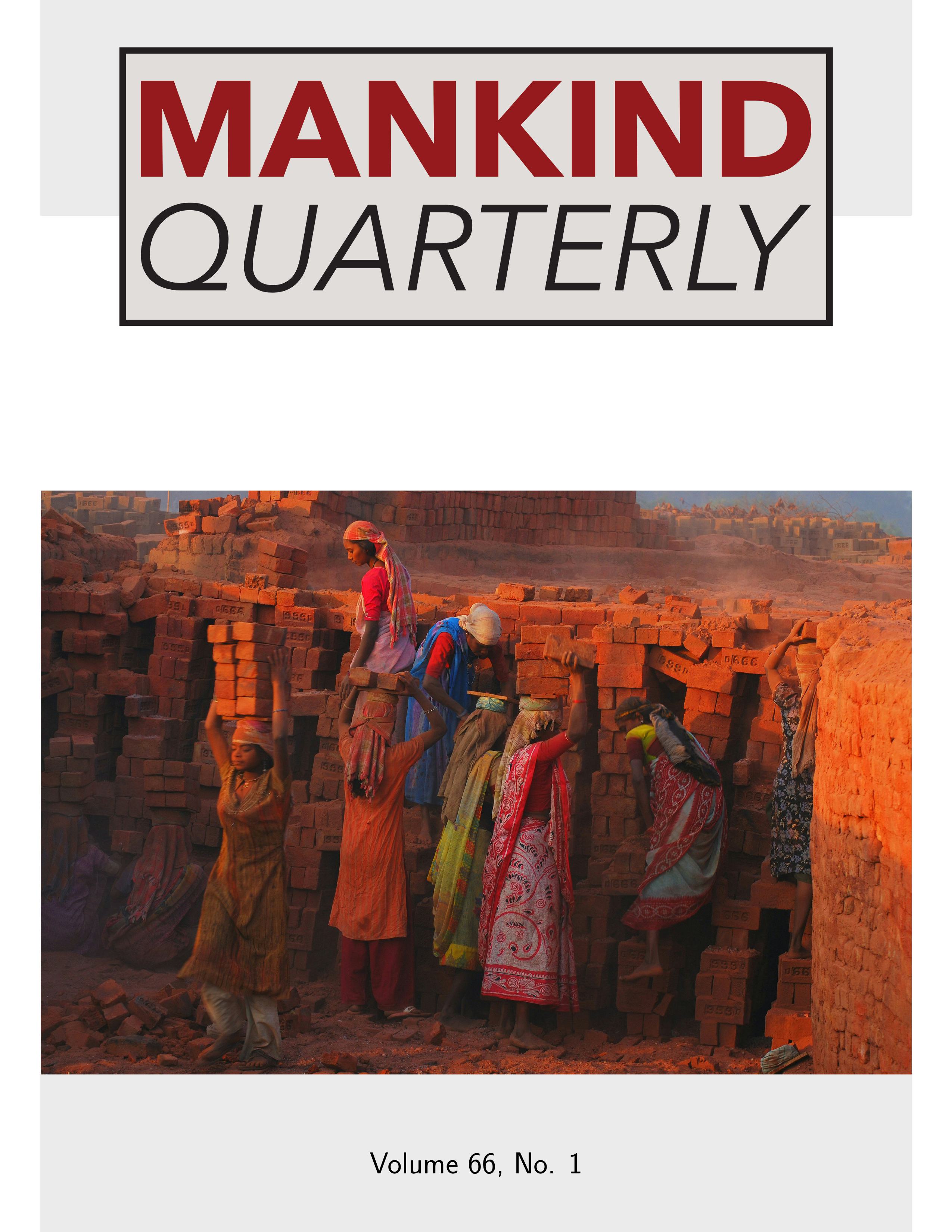Home > Archive > Volume 57, No. 2 > This paper
Gender Differences in School Achievement across Cultures: An Analysis of Results from PISA 2000-2012
Gerhard Meisenberg
Published: 2016/12/01
Abstract
This study analyzes gender differences in scholastic achievement of 15-year-olds in 75 countries that participated in the OECD’s PISA (Programme of International Student Assessment) tests. The cultural and socioeconomic determinants of three outcome measures were investigated: (1) overall achievement (math, reading, science average); (2) gender-typicality of achievement profiles (higher reading combined with lower math scores for females); and (3) the male/female variance ratio as a measure of the extent to which male scores are more variable than female scores. Females achieved higher reading scores than males in all countries, usually by a wide margin. Males achieved higher mathematics scores in 61 out of 75 countries, and gender differences in science were negligible. Overall achievement was higher for males than females in only 6 countries, 5 of them Latin American, and the variance was higher for males than females in all but three countries. With the exception of the variance ratio, which was higher in advanced economies, the outcomes were virtually unrelated to the level of economic and social development, to measures of different aspects of gender equality in countries, and to measures of gender-related attitudes and beliefs sourced from the World Values Survey. This contradicts earlier reports (e.g., Guiso et al., 2008) reporting higher female relative to male performance in more gender egalitarian societies. For some measures, a trend in the opposite direction was found. Key words: PISA, Sex differences, Mathematics, Reading, Variance ratio
Download PDF
